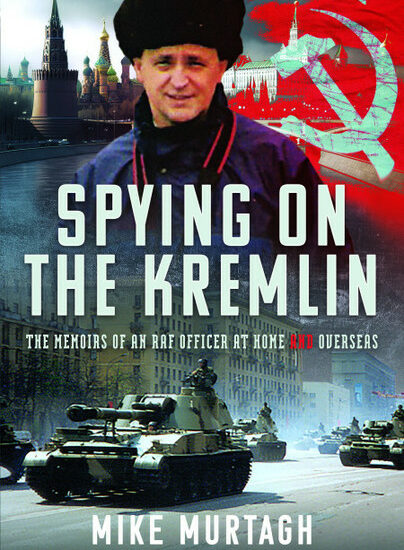Author Guest Post: Norman Ridley
First-Day Casualties
Encountering the enemy for the first time must have been a defining moment for any pilot during the Battle of Britain. Whatever level of training they had experienced, the voice of their flight leader coming in over the radio with instructions and exhortation to engage hostile aircraft must have quickened the pulse dramatically.
For many, surviving that first encounter was simply a matter of good luck, for others, perhaps, the first indication that their instincts and reactions were primed to respond in a positive way. For a few, however, neither would prove to be the case. For them the problem was that the newest pilots in the squadron were usually given the role of ‘tail-end Charlie’ flying at the rear of the three or four aircraft formation to which they were assigned. Their role, to scan the sky for threats to the others in the group, especially their flight leader whose task it was primarily to concentrate on identifying a target and orchestrating the attack. Their position at the rear unfortunately made them prime targets for enemy fighters who would attack usually from above, probably from behind and often out of the sun. The first lessons of survival were to swivel one’s head to maintain constant vigilance all around and not fly for more than a few seconds in a straight line which would have made it easier for an enemy to strike. For a raw recruit this would have been hard enough but when it had to be done whilst keeping close formation with other aircraft, the risks would have multiplied to a frightening degree. It is probable that many ‘tail-end Charlies’ who died, whether on their first day or later, were too preoccupied with holding formation to ever have seen their attacker and possibly never knew what hit them.
Sergeant Geoffrey Gledhill, of Hebden Bridge, had joined the RAF Volunteer Reserve in 1939 and was called up to full time duty at the outbreak of war.
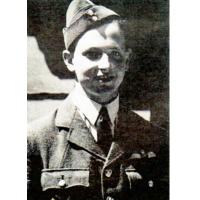
After comprehensive training, he was posted to 238 Squadron at Middle Wallop on the 4th of August. Given a few days to settle in, his first engagement with the Luftwaffe was on the late morning of August 11th when he was part of ‘B’ Flight, Blue Section under Flight Lieutenant Walch, put up to engage 38 Ju88s of KG54 with massive escort of Bf109s and Bf110s attacking Portland Harbour. A total of 8 RAF Squadrons were in the fight which was fierce and prolonged. There were many casualties on both sides. The Hurricanes of Blue Section would have been instructed to attack the bombers while the Spitfires of other squadrons were mainly deployed to challenge the Bf109 escorts. They raced over off the English Channel in pursuit of returning Ju88s but none returned. The Englishman Gledhill, Australian Walch and the Pole, Flying Officer Steborowski were killed. The bodies of Walch and Steborowski were not recovered but that of Gledhill was washed up on the French coast and is buried in Criquebeuf-en-Caux churchyard. He was 19 years old.
Flying Officer Arthur Thomas Rose Price was born in Chile, the brother of the famous actor Dennis Price, but grew up in England.
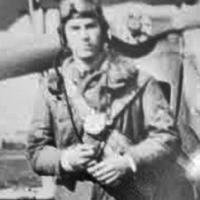
When the war began, he was already an experienced flyer instructing new recruits but his first posting to an operational squadron was on the 2nd of September when he joined 501 Squadron at Hendon. On that day the squadron had moved up at first light to its front-line operating station at Gravesend and Rose Price was airborne on patrol early in the morning over Dungeness when a large force of Luftwaffe Do17s with Bf109 and BF110 escorts were encountered. Rose Price’s Hurricane, L1578, did not return from the engagement and his body was never recovered. He was 21 years old.
FO Jan Borowski had fled from Poland after the German invasion of 1939 and arrived in England having fought for a brief spell with the French Armée de l’Air in May 1940.
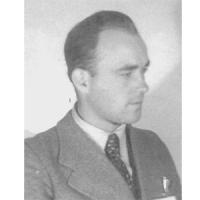
Training on Hurricanes with the RAF, he found that a fundamental difference between them and his Polish fighters was that the control column operated in exactly the opposite way. Instead of accelerating when the column was pushed forward, the aircraft decelerated. This may or may not have been the cause of his crash when returning from his first patrol in poor visibility but in any event the aircraft, P3930, crashed onto Kempton racetrack and burned out. Borowski did not survive. Coincidentally another Polish pilot from the same 302 Squadron, PO Zukowski also died when his aircraft ran out of fuel in poor visibility and crashed on the same day.
Czech pilots were also formed into RAF squadrons with Hurricanes. Having fled his home country when it was invaded by German troops in 1938, PO Sterbacek travelled through Poland and France before joining the Czech squadron 310 at Duxford on 31st August. Eager to get involved, he was up attacking Do17s over the Thames Estuary on the very same day. During the engagement his aircraft P3159 was shot down by a Bf109 and Sterbacek was killed.
The fate of Henry Corcoran was equally dramatic though different in that, as an air gunner rather than a pilot, his fate was outside his own control. His aircraft, a Blenheim L1300 of 236 Squadron piloted by Sergeant Eric Lockton was operating just off Cherbourg on an escort mission in the early evening when it was fired on and hit by a Bf109 flown by the Adjutant of Jagdgeschwader 27, Hauptmann Eduard Neumann. The Blenheim went down in the sea and both crew were posted missing. Corcoran was 27 years old and had joined the squadron, his first active posting, only the day before. His pilot Lockton was 22. Both are commemorated on the Runnymede Memorial.
Sergeant Rasmussen was equally unfortunate.

Having applied to join the RAF whilst still in New Zealand, he sailed for the UK and arrived on RMS ‘Rangitiki’ in April 1940. He trained at No. 5 O.T.U. and joined 264 Squadron on 29th August as an air gunner. He and pilot FO O’Malley were killed five days later when their Defiant crashed shortly after taking off from Kirton-in-Lindsey.
Another New Zealander John Pattison, recently arrived in England, was on his first patrol with 266 Squadron at Wittering on the 27th of September when he may have got lost and been unable to relocate his airfield.

Whatever may have caused it, however, Pattison’s aircraft ran out of fuel and he was forced to crash-land in a field. That in itself must have been a scary experience but worse was to follow when farmworkers brandishing pitchforks confronted him. His strange accent convinced the armed men that he was a German and he was lucky to escape with his life.
Colin Dunstone Francis, of Stoke d’Abernon, Surrey joined the RAF on a short service commission in April 1939.

He arrived at 6 OTU, Sutton Bridge on the 2nd of June 1940 and, after converting to Hurricanes, he was posted to 253 Squadron at Kirton-in-Lindsey on the 17th. After a spell in Scotland, the squadron moved to Kenley on the 29th of August 1940. On the morning of the 30th Francis took off in a section of three aircraft to join the rest of the squadron in attacking a force of bombers, which was escorted by some thirty fighters. It was his first encounter with the Luftwaffe and he was shot down and reported ‘Missing’. His name appears on the Runnymede Memorial, Panel 8. In August 1981 an aircraft was excavated at Wrotham, on land which had been Percival’s Farm in 1940. It proved to be Hurricane L1965 and Francis’ remains were still in the cockpit. They were buried with full military honours at Brookwood Military Cemetery. Francis was 19 when he was killed.
PO George Mathwin Forrester’s 605 Squadron was brought down from Drem to Croydon on the 7th of September to replace 111 Squadron.

In their first combat, 605 went into action and was killed on the 9th when his Hurricane L2059 collided with He111 A1 + ZD of KG 53 over the Vickers-Armstrong works at Brooklands. The He111 was flown by Oberleutnant Meinecke. Meinecke and Feldwebel Broderix managed to bale out and were made POW but Feldwebel Döring, Feldwebel Wendorff and Feldwebel Wenninger were killed when the He111 crashed at Southfield Farm near Alton at 17.50hrs.
Sergeant Reginald Irving Payne was posted as Wireless Operator / Gunner to 23 Squadron at Middle Wallop on the 23rd of September.

On his first night patrol flight in Blenheim L8369 the aircraft developed engine trouble and crashed on landing back at base. He was killed along with the pilot PO Eric Orgias and the observer Sergeant Laurence Robert Karasek.
AC2 Norman Jacobson was 18 years old when he joined 29 Squadron at Digby as a radar operator on the 25th of August. On that same evening he was a member of the crew of Blenheim L1330 which crashed into the sea off Wainfleet. The pilot PO Richard Arthur Rhodes’ gunner Ronald Joseph Gouldstone and Jacobson were killed. Jacobson is believed to have been picked up by a trawler on the 27th and buried at sea. He is remembered on the Runnymede Memorial, Panel 27.
Oberleutnant Willi Oehm was killed on his first combat flight with III./JG 26 on the 8th of August.
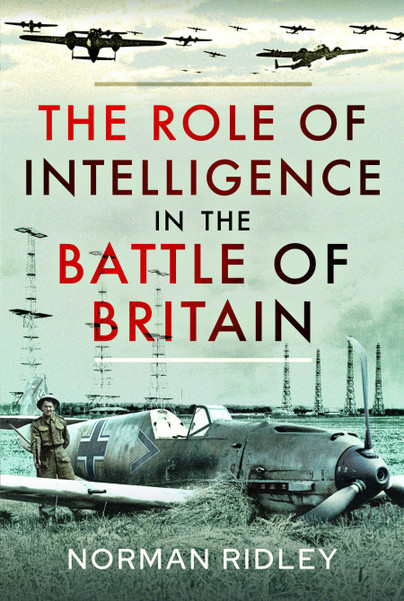
Order your copy here.
